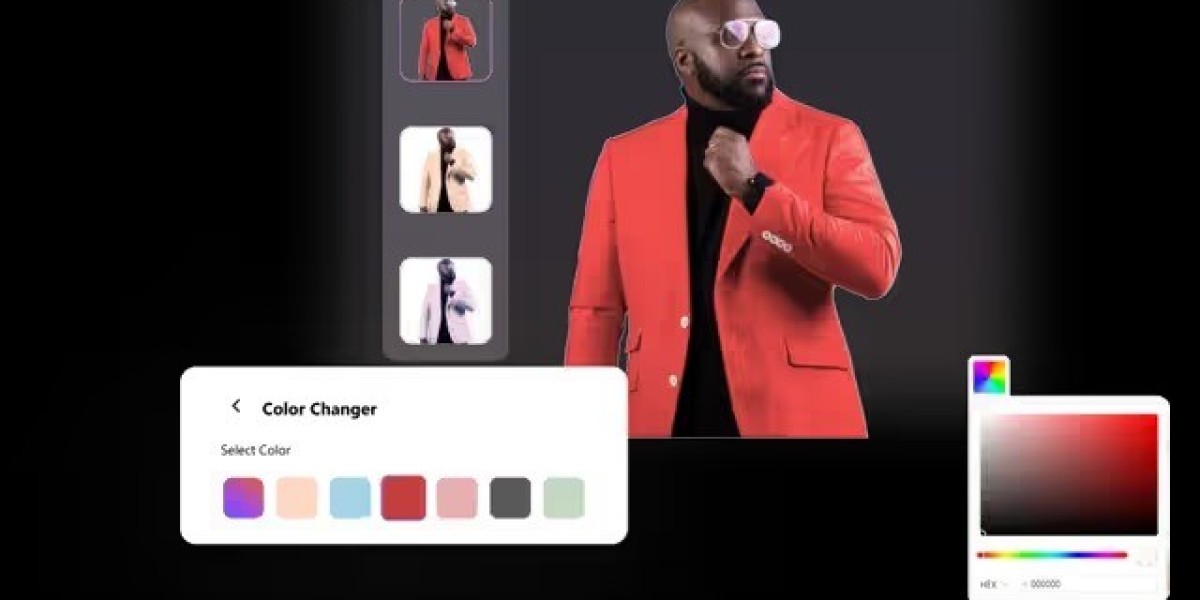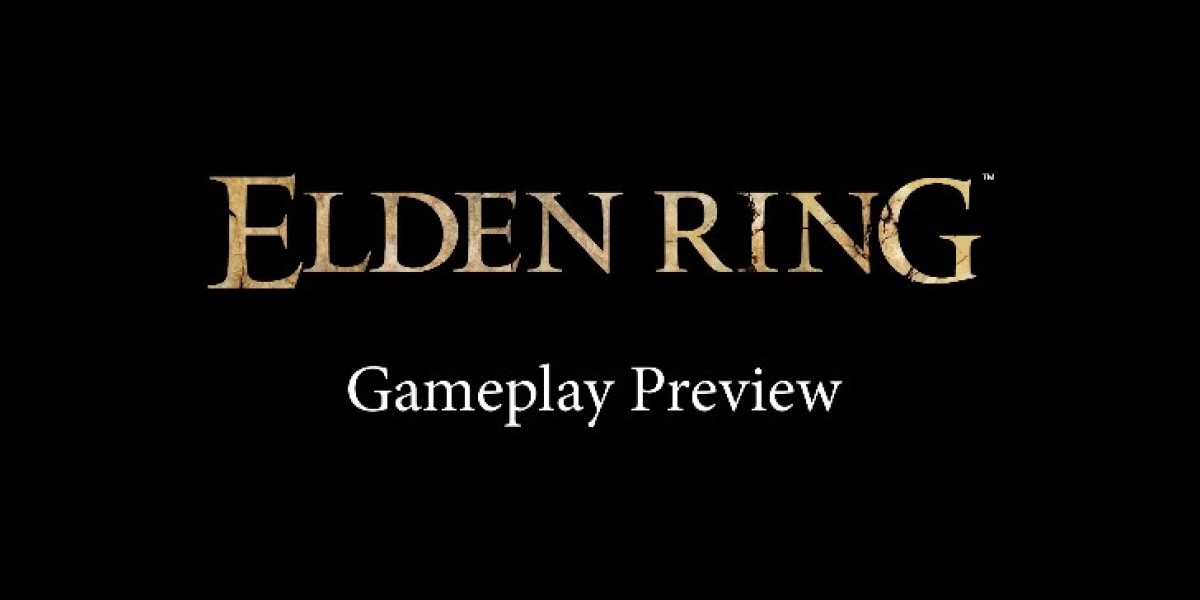As digital content creation accelerates, the need for faster, easier, and more scalable editing solutions has become critical. This has led to the rise of AI color changers smart tools that automatically adjust photo colors with minimal input. But how do they stack up against traditional software like Photoshop or Lightroom? This guide compares both methods so you can decide what’s best for your needs.
What is an AI Color Changer?
An AI color changer is a tool that uses artificial intelligence to detect and modify specific colors in an image. Unlike manual software, these platforms automate the selection and recoloring process using neural networks and deep learning. With just a few clicks, users can transform clothing, backgrounds, or product colors in seconds.
How Does Traditional Color Editing Work?
Tools like Adobe Photoshop or Lightroom rely on manual adjustments. Users typically:
Select the object or region using tools like the lasso, pen tool, or layer masks.
Apply hue, saturation, and brightness adjustments.
Blend manually to maintain texture and lighting.
Save or export using custom settings.
While these platforms offer high precision and control, they come with a steep learning curve and require significant time investment.
Comparing Key Features
1. Ease of Use
AI Color Changers: Beginner-friendly with drag-and-drop functionality and no learning curve.
Traditional Software: Requires training, tutorials, and experience for effective use.
2. Speed & Workflow Efficiency
AI: Instant recoloring and real-time previews speed up workflows.
Photoshop: Manual steps can take minutes to hours per image.
3. Accuracy & Control
AI: Great for simple edits and batch processing, but less precise in complex compositions.
Photoshop: Offers pixel-level control, custom brushes, and precision masking.
4. Creativity & Customization
AI Tools: Often limited to recoloring and object isolation.
Traditional Software: Full creative freedom, from filters and blending modes to 3D effects.
5. Cost
AI Tools: Many are free or freemium.
Photoshop: Requires monthly subscription or license purchase.
Best Use Cases for AI Color Changers
Social media influencers needing fast content variations.
E-commerce product mockups across color ranges.
Content marketers running A/B visual tests.
Beginners or small businesses with no editing team.
Users without access to high-end software.
Best Use Cases for Traditional Editing Software
Professional designers working on complex composites.
High-resolution commercial advertising work.
Projects requiring exact color grading and tone control.
Multilayered design assets or brand templates.
Users needing full creative flexibility.
Conclusion: Which Should You Choose?
If you’re a content creator, marketer, or small business owner who needs quick edits with minimal hassle, AI color changers are your best bet. They’re fast, intuitive, and cost-effective. For those working in high-end design or needing advanced control, Photoshop remains the industry gold standard.
Ultimately, it doesn’t have to be a choice between one or the other. Many creators use AI tools for quick tasks and traditional software for deeper editing, making both valuable in a modern toolkit.
FAQs – AI Color Changer vs Photoshop
Is AI editing as good as Photoshop?
For simple tasks like changing clothing or background color, AI performs well. For detailed, layered edits, Photoshop offers more precision.
Can I use both AI and Photoshop together?
Yes. Many users start with AI for automation and finish in Photoshop for advanced refinements.
Which is more beginner-friendly?
AI color changers are much easier to use with no learning curve.
Is Photoshop better for professional work?
Yes. Photoshop offers unmatched control, essential for professional and commercial projects.
Do AI tools offer high-resolution outputs?
Most leading AI tools support high-res exports, but check individual tool specs.
Are AI tools free?
Some tools are free or offer freemium models. Photoshop requires a paid subscription.
Can AI tools handle batch processing?
Yes, many AI editors offer batch processing, great for ecommerce or content teams.
Which is faster?
AI tools provide instant previews and one-click edits, making them much faster for simple tasks.
Do I need design skills to use AI tools?
No. AI tools are designed for users of all skill levels.
Can AI tools replace Photoshop?
Not entirely. They’re ideal for quick edits but lack the depth and flexibility of professional software.







